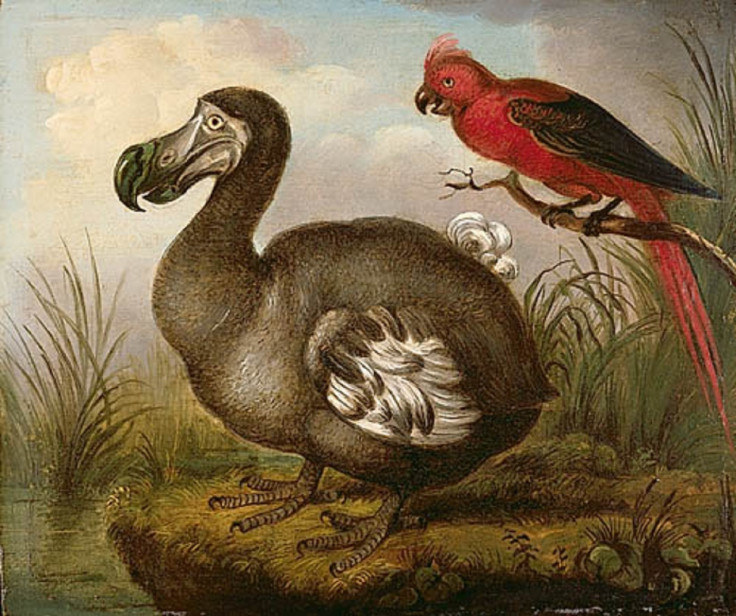Dodo Mysteries Uncovered: Skeleton Scanned with 3D Laser for New Insight on Extinct Bird

Scientists have used 3D laser scanners on a dodo skeleton to gain new insight into how the extinct bird looked, moved and behaved.
Researchers from the College of the Holy Cross, Massachusetts, USA, used the only known complete skeleton from a single bird (all others are thought to be constructed from a few different birds), to do their analysis.
The skeleton is owned by amateur collector Etienne Thirioux, and has remained unstudied until now.
"The 3D laser surface scans we made of the fragile Thirioux dodo skeleton enable us to reconstruct how the dodo walked, moved and lived to a level of detail that has never been possible before. There are so many outstanding questions about the dodo bird that we can answer with this new knowledge," said lead researcher, Leon Claessens.

"Being able to examine the skeleton of a single, individual dodo, which is not made up from as many individual birds as there are bones, as is the case in all those other composite skeletons, truly allows us to appreciate the way the dodo looked and see how tall or rotund it really was," added Juilan Hume, of the Natural History Museum UK, a co-author on the study.
The scans allowed scientists to see the famous creature in a detail which has never been seen before, giving insights on how the flightless bird was able to obtain its large size, and how it moved about and behaved in its natural habitat.
According to study co-author, Kenneth Rijsdijk, the dodo's large skull and robust beak are the reasons why early naturalists thought it was more closely related to vultures and other birds of prey, than the pigeon and dove family to which it belongs.
By scanning a complete skeleton, it allowed the scientists to study the breastbone in particular, and compare it to its closest relative, the Rodrigues solitaire, another extinct and flightless bird.
The lack of a keel on its sternum, compared to the Rodrigues solitaire who was known to have used its wigs in combat, shows that the dodo may have used a less aggressive behaviour within its species.
This information, together with findings from another study about dodo population structure, has opened up a new idea of an evolutionary experiment into a species which was cut short by human-induced ecosystem destruction.
"The history of the dodo provides an important case study of the effects of human disturbance of the ecosystem, from which there is still much to learn that can inform modern conservation efforts for today's endangered animals," said Claessens.
© Copyright IBTimes 2025. All rights reserved.





















